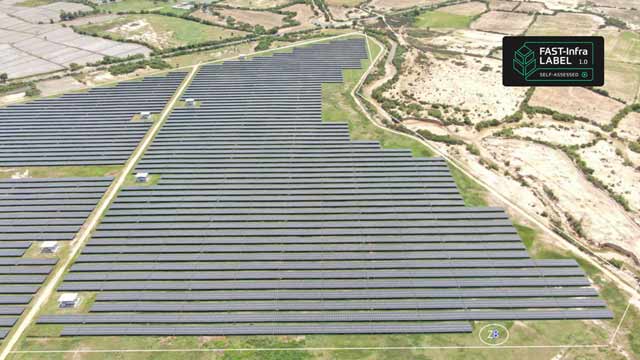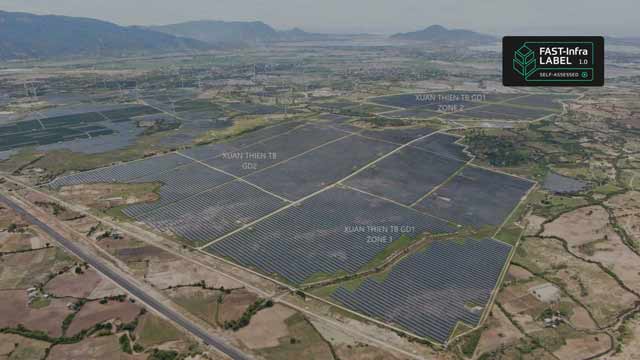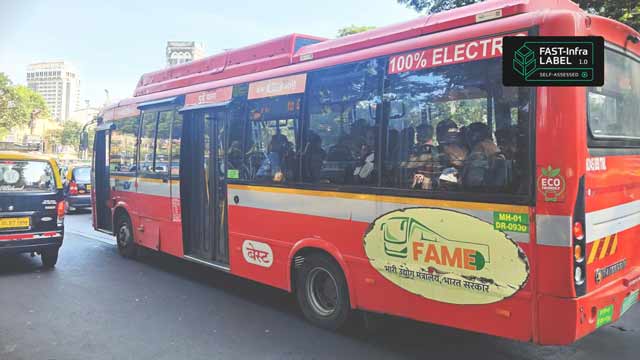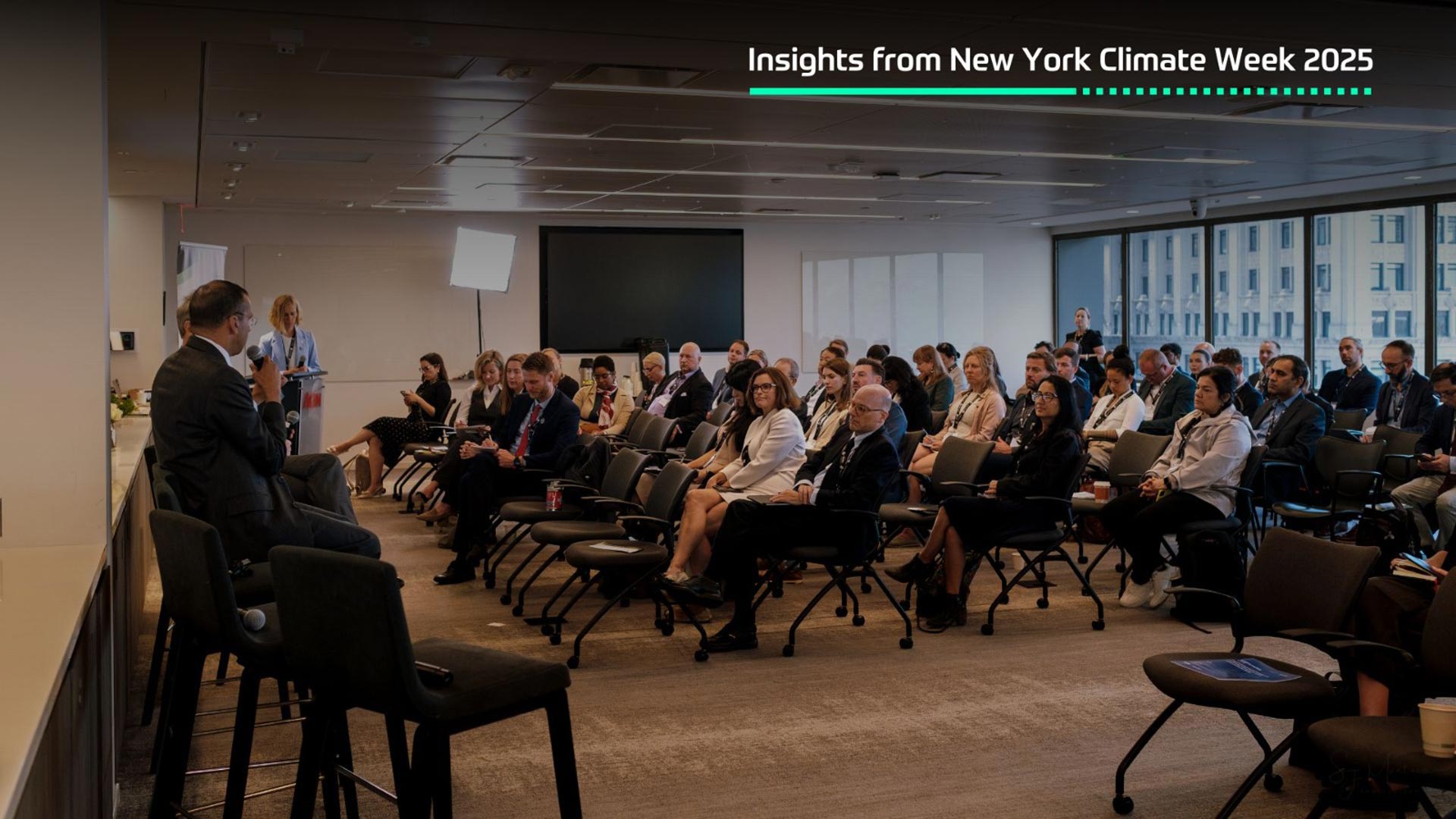
Unlocking Capital and Insurability
What’s a Rich Text element?
The rich text element allows you to create and format headings, paragraphs, blockquotes, images, and video all in one place instead of having to add and format them individually. Just double-click and easily create content.
H1
H2
H3
H4
H5
H6


Static and dynamic content editing
A rich text element can be used with static or dynamic content. For static content, just drop it into any page and begin editing. For dynamic content,

add a rich text field to any collection and then connect a rich text element to that field in the settings panel. Vsadsadsdasdasdasdasdoila!
- A rich text element can be used with static or dynamic content. For static content, just drop it into any page and begin editing. For dynamic content, add a rich text field to any collection and then connect a rich text element to that field in the settings panel. Voila!
- t to that field
- t to that field
-
How to customize formatting for each rich text
How to customize formatting for each rich text
How to customize formatting for each rich text
Headings, paragraphs, blockquotes, figures, images, and figure captions can all be styled after a class is added to the rich text element using the "When inside of" nested selector system.
Insights from New York Climate Climate Week 2025
The FAST-Infra Label and Aon hosted the event ‘Road to COP30: Financing Resilience - Insurability and Standards for Scaling Sustainable Infrastructure’, convening insurers, reinsurers, financiers, and infrastructure developers to co-develop solutions addressing a critical bottleneck: improving insurability and risk transparency in infrastructure projects. The event brought together leaders from finance, insurance, government, and technology to explore how standards, cross-sector collaboration, and proactive strategies can position infrastructure as both investable and insurable. This blog highlights the key insights and takeaways from the event.
Building for a resilient future
- Natalia Moudrak, Managing Director, Climate Risk Advisory, Aon and a member of the Steering Committee, FAST-Infra Label opened the event and framed the central question:“The big question is: how do we build new infrastructure today that stands the test of time—remaining investable and insurable over the long term?”
- Louis Downing, CEO of the Global Infrastructure Basel Foundation, emphasized the urgency of a shared framework to guide investment:
“The FAST-Infra Label is about giving the market a common language for what ‘sustainable, resilient infrastructure’ means—so financiers can confidently direct capital to assets that are truly insurable and investable.”
This clarity is essential, especially given the scale of the challenge: the global infrastructure industry’s annual spend of $15 trillion must rise to an estimated $94 trillion by 2040 to meet the demands and replace aging systems.
Making infrastructure investable and insurable
The panel discussion featured experts from government, finance, insurance, and development, who shared insights on how to integrate resilience and insurability into infrastructure projects. Key takeaways focused on the role of institutions, standards, and design in creating infrastructure that is both sustainable and investable.
1. Institutions and capital access
- Rohit Aggarwala, Commissioner, NYC Department of Environmental Protection, reflected on New York City’s experience with Hurricanes Sandy and Ida, stressing that institutions and funding structures are as important as capital itself. He pointed to the city’s dedicated water revenue stream—separate from general tax funds—as a key enabler, along with the newly created Bureau of Coastal Resilience and partnerships with Copenhagen and Singapore.“Resilience isn’t just funding; it’s institutions and procurement that can actually deliver projects at scale.”
- Khaoula Lachguar, Groupe CDG, reinforced the institutional perspective:“You can’t attract long-term capital without reliable, transparent institutions—and the missing first step is the capability to identify and structure projects.”
2. Standards as enablers of insurability
- Christian Deseglise, Board Member at Global Infrastructure Basel Foundation, opened the discussion on the importance of standards and insurance in making resilience actionable:“Insurance and standards are how we turn resilience from aspiration into a bankable, scalable reality.”
- Liz Henderson, Global Head of Climate Risk Advisory, Aon, illustrated this principle with a real-world example, citing the Fortified Homes program in Alabama:“When resilience is defined in standards we can model—like Fortified Home—the industry can price the risk reduction and keep insurance affordable and available.”
- Vimal Mahendru, Vice-President, International Electrotechnical Commission, emphasized that global technical standards are particularly powerful in emerging markets:“Global, consensus technical standards are among the most effective de-risking tools—especially in the Global South—because they turn best engineering into bankable, insurable quality.”
3. Designing for insurability and market transparency
- Marie Lam-Frendo, Chief Strategy Officer and Partner, Meridiam, argued that the concept of “bankability”—the ability to attract financing—must now expand to include insurability:“We used to bring bankability into design; now we have to bring insurability into design—and bring insurers in early.”
- Gaston Astesiano, Head of the PPP Advisory Unit, Inter-American Development Bank (IDB), stressed that resilience must be built into PPPs from the start:“In too many PPPs, insurance pays to rebuild what existed before the disaster, not to build back better; resilience must be built into contracts, procurement, and lifecycle economics from the start.”
- Swami Venkataraman, Associate Managing Director & Global Head of Assessments, Moody’s Ratings highlighted the financial sector’s growing focus on climate risk exposure:“Our role is transparency: roughly sixteen sectors—about six trillion dollars of debt—face high or very high physical-risk exposure; that visibility creates incentives to structure around those risks.”
Scaling resilience through standards and collaboration
The dialogue converged on a single imperative: systemic transformation in infrastructure financing cannot be achieved through isolated efforts. It requires shared standards, innovative financing models, and digital tools that work across the ecosystem to scale both investment and impact.
To advance this agenda, the Global Infrastructure Basel Foundation has the future intention of convening an Insurability Working Group for the FAST-Infra Label, bringing together insurers, reinsurers, investors, and rating agencies. The group will aim to align adaptation and resilience criteria with market needs, foster collaboration, and collectively explore ways to enhance the bankability and insurability of sustainable infrastructure projects.
In an era when infrastructure is both a source of vulnerability and a pathway to resilience, the call to action is clear: embed resilience into design, align capital with credible standards, and collaborate across sectors to unlock the full potential of sustainable and resilient infrastructure.


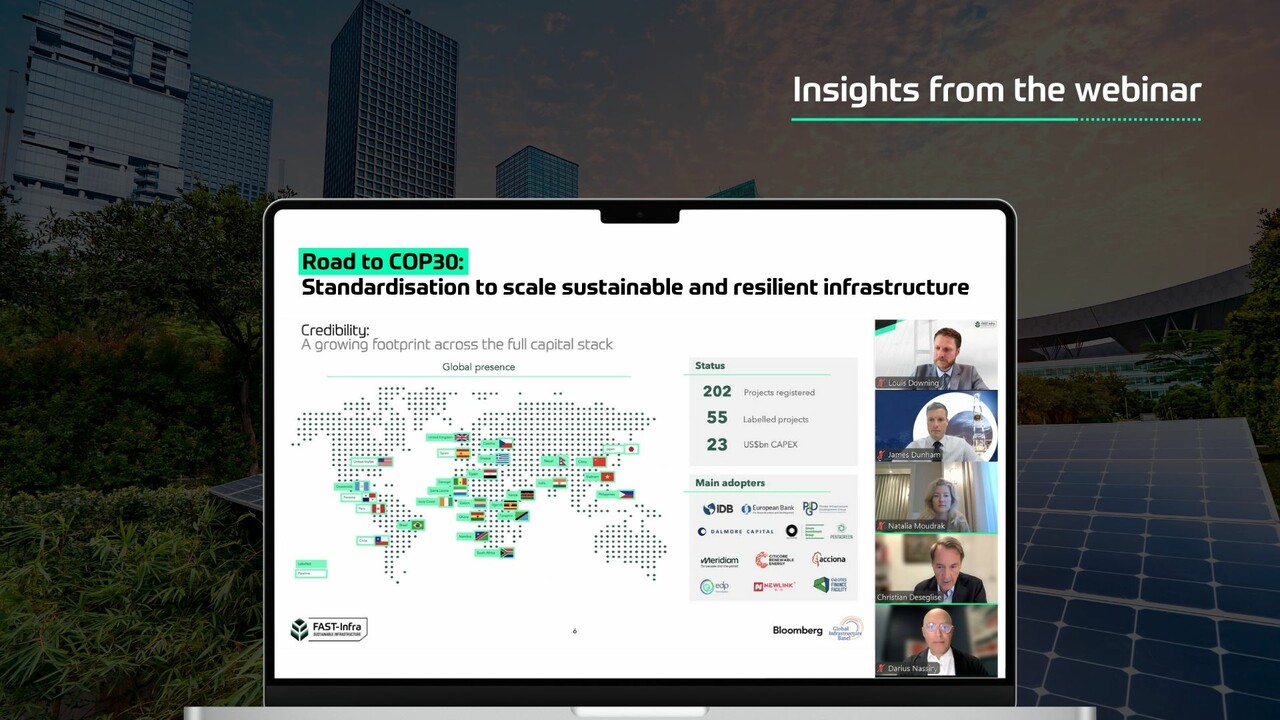

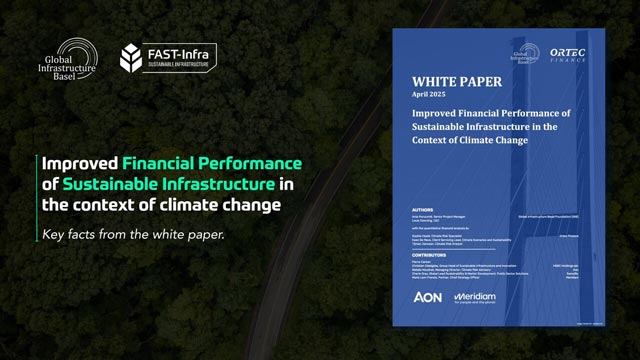


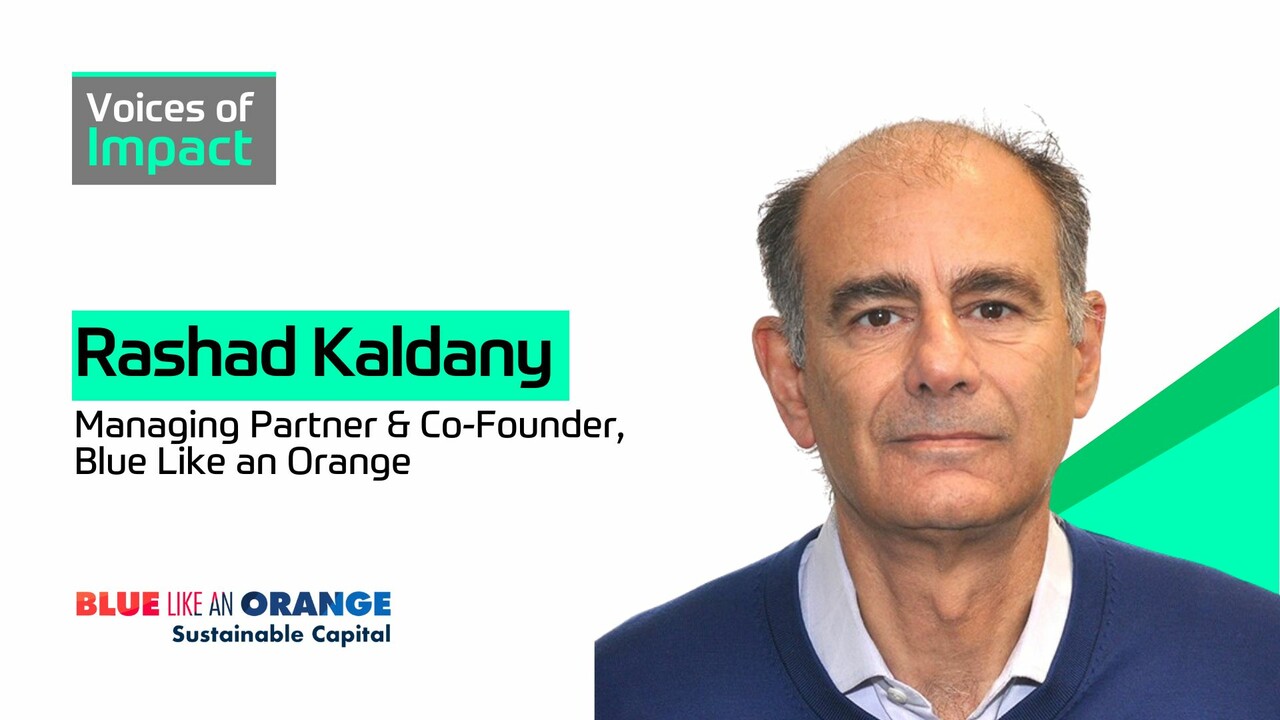
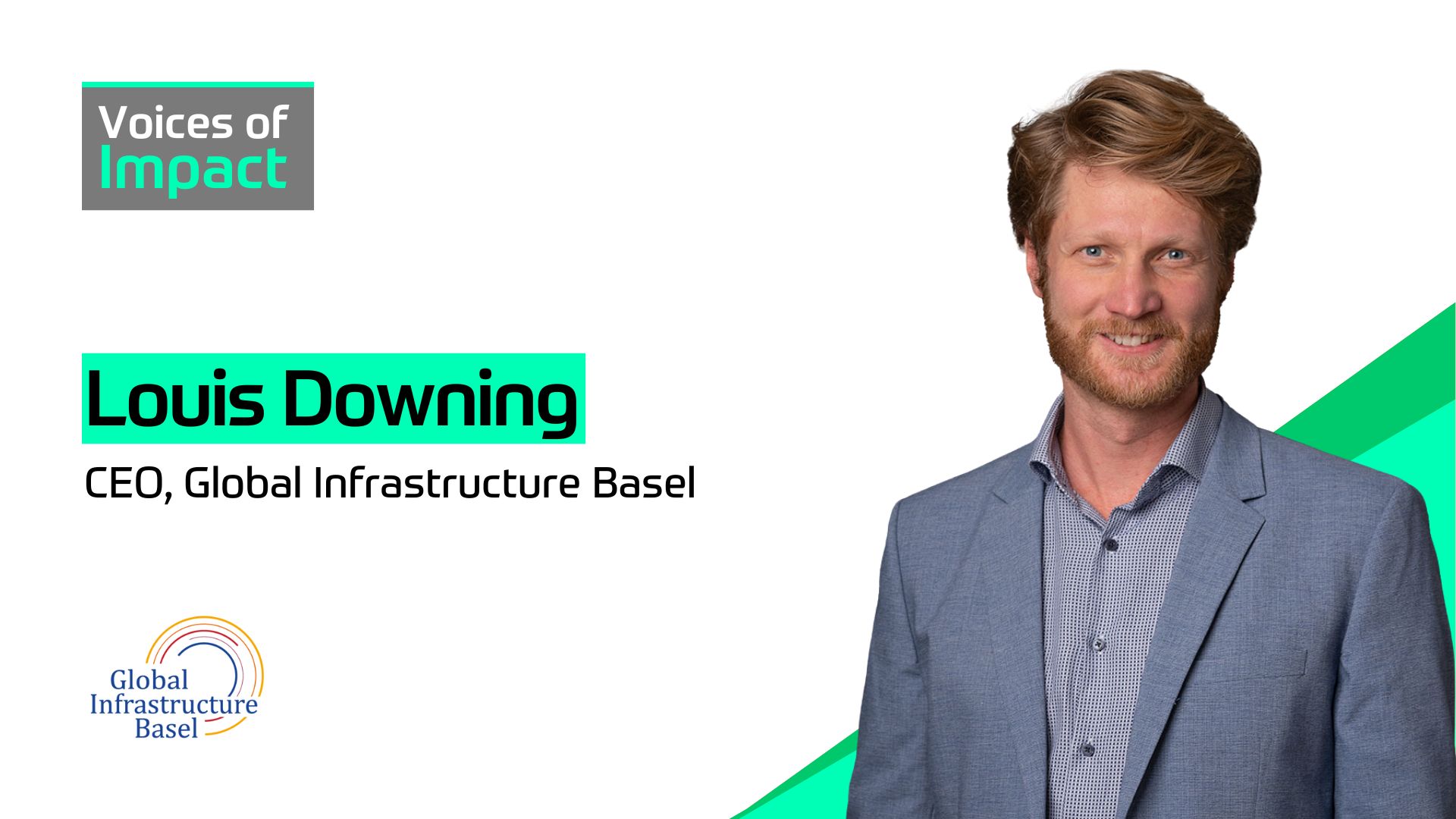
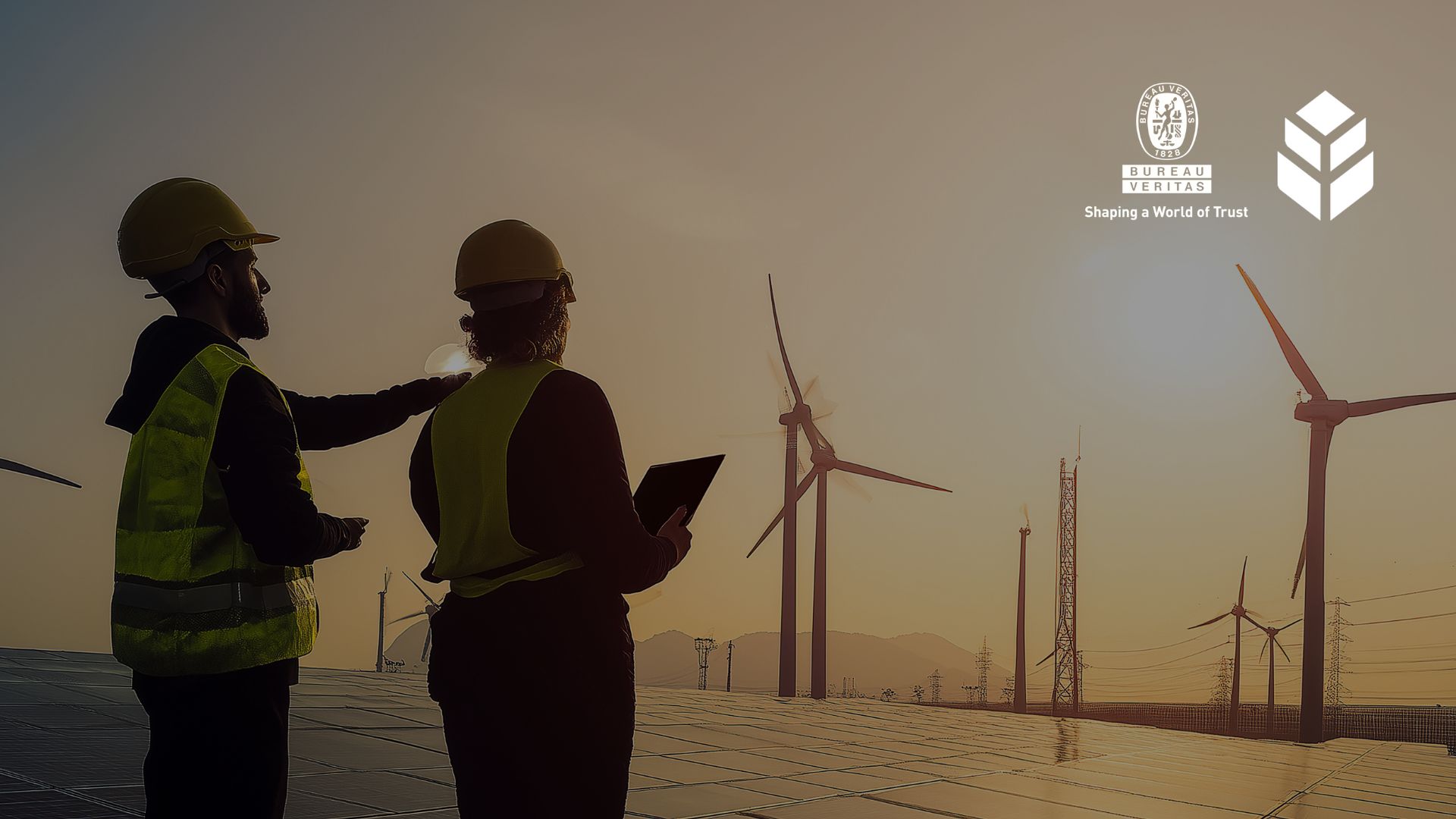
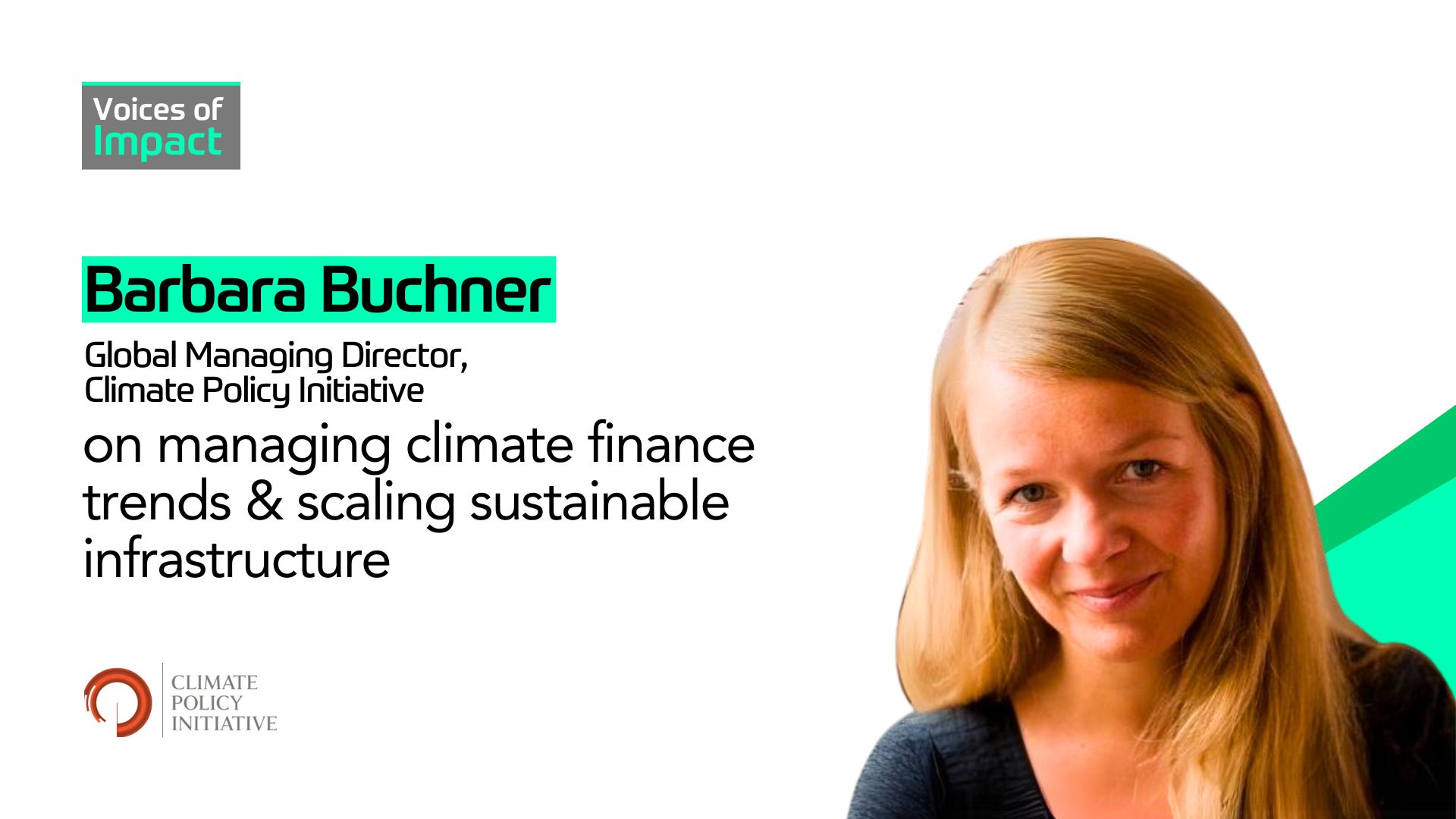
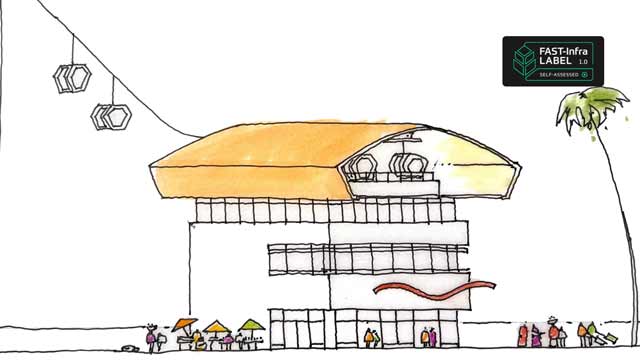






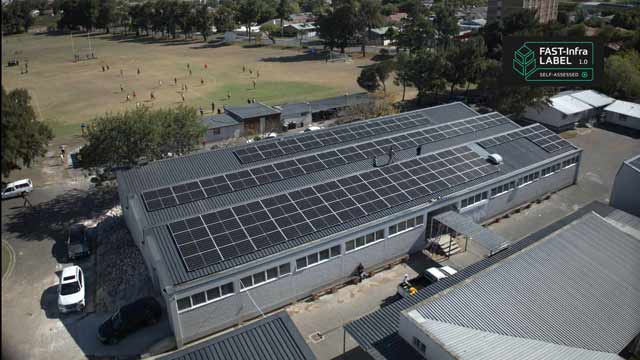

.jpg)


.jpg)


.jpg)
.jpg)
.jpg)
.jpg)
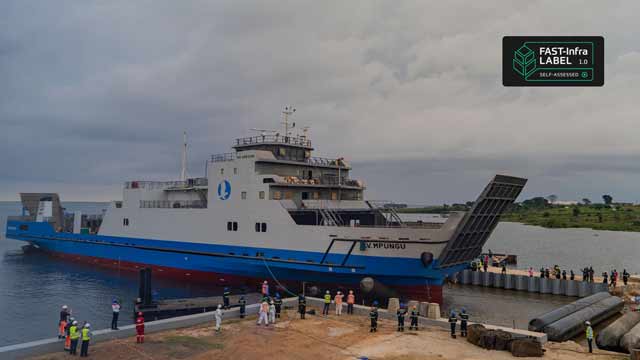
.jpg)




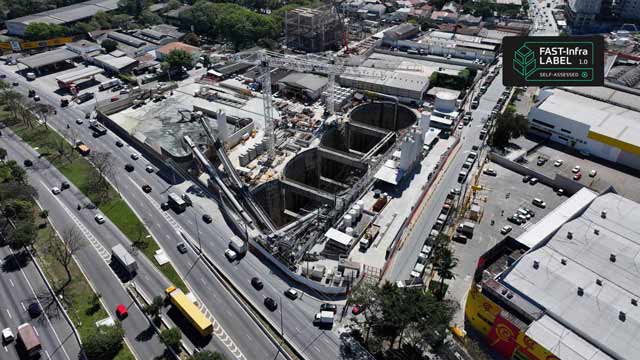













.webp)
.webp)


